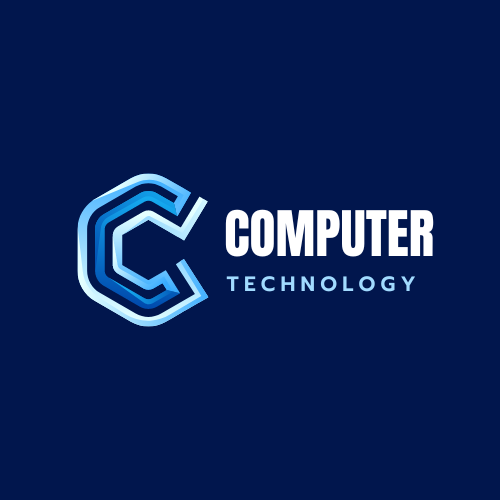Industrial Internet of Things (IIOT) Meaning, Benefits, Applications and Security
The industrial internet of things (IIoT) is a term for all of the various sets of hardware pieces that work together through internet of things connectivity to help enhance manufacturing and industrial processes. When people talk about the industrial internet of things, they're talking about all of the sensors, devices and machines that contribute to physical business processes in industrial settings. By contrast, when people talk about the internet of things in general, they're talking about any connected devices that fit the IoT model – for instance, when people think about the internet of things, they often think about smart home devices that are linked together to provide consumer conveniences.
The idea of the industrial internet of things is based on the idea that the internet of things is uniquely useful to industry. For example, when General Electric chief executive Jeff Immelt calls the internet of things “beautiful, desirable and investable” in a Forbes piece posted in 2016, he’s describing some of the functionality that has led to today's smart factories and facilities. The industrial internet of things applies the idea of broad-spectrum internet connectivity to specific business goals and processes that create physical goods for markets. Many experts believe that the industrial internet of things will continue to make up a significant part of the multi-trillion dollar market that the internet of things currently represents.
Benefits of IoT
The internet of things offers a number of benefits to organizations, enabling them to:- Monitor their overall business processes
- Improve the customer experience
- Save time and money
- Enhance employee productivity
- Integrate and adapt business models
- Make better business decisions
- Generate more revenue.
Consumer and enterprise IoT applications
There are numerous real-world applications of the internet of things, ranging from consumer IoT and enterprise IoT to manufacturing and industrial IoT (IIoT). IoT applications span numerous verticals, including automotive, telco, energy and more.
In the consumer segment, for example, smart homes that are equipped with smart thermostats, smart appliances and connected heating, lighting and electronic devices can be controlled remotely via computers, smartphones or other mobile devices.
Wearable devices with sensors and software can collect and analyze user data, sending messages to other technologies about the users with the aim of making users' lives easier and more comfortable. Wearable devices are also used for public safety -- for example, improving first responders' response times during emergencies by providing optimized routes to a location or by tracking construction workers' or firefighters' vital signs at life-threatening sites.
In healthcare, IoT offers many benefits, including the ability to monitor patients more closely to use the data that's generated and analyze it. Hospitals often use IoT systems to complete tasks such as inventory management, for both pharmaceuticals and medical instruments.
IoT applications
Smart buildings can, for instance, reduce energy costs using sensors that detect how many occupants are in a room. The temperature can adjust automatically -- for example, turning the air conditioner on if sensors detect a conference room is full or turning the heat down if everyone in the office has gone home.
In agriculture, IoT-based smart farming systems can help monitor, for instance, light, temperature, humidity and soil moisture of crop fields using connected sensors. IoT is also instrumental in automating irrigation systems.
In a smart city, IoT sensors and deployments, such as smart streetlights and smart meters, can help alleviate traffic, conserve energy, monitor and address environmental concerns, and improve sanitation.
IoT security and privacy issues
The internet of things connects billions of devices to the internet and involves the use of billions of data points, all of which need to be secured. Due to its expanded attack surface, IoT security and IoT privacy are cited as major concerns.
One of the most notorious recent IoT attacks was Mirai, a botnet that infiltrated domain name server provider Dyn and took down many websites for an extended period of time in one of the biggest distributed denial-of-service (DDoS) attacks ever seen. Attackers gained access to the network by exploiting poorly secured IoT devices.
Because IoT devices are closely connected, all a hacker has to do is exploit one vulnerability to manipulate all the data, rendering it unusable. And manufacturers that don't update their devices regularly -- or at all -- leave them vulnerable to cybercriminals.
Additionally, connected devices often ask users to input their personal information, including names, ages, addresses, phone numbers and even social media accounts -- information that's invaluable to hackers.
However, hackers aren't the only threat to the internet of things; privacy is another major concern for IoT users. For instance, companies that make and distribute consumer IoT devices could use those devices to obtain and sell users' personal data.
Beyond leaking personal data, IoT poses a risk to critical infrastructure, including electricity, transportation and financial services.









.png)

.png)
.png)

0 Comments